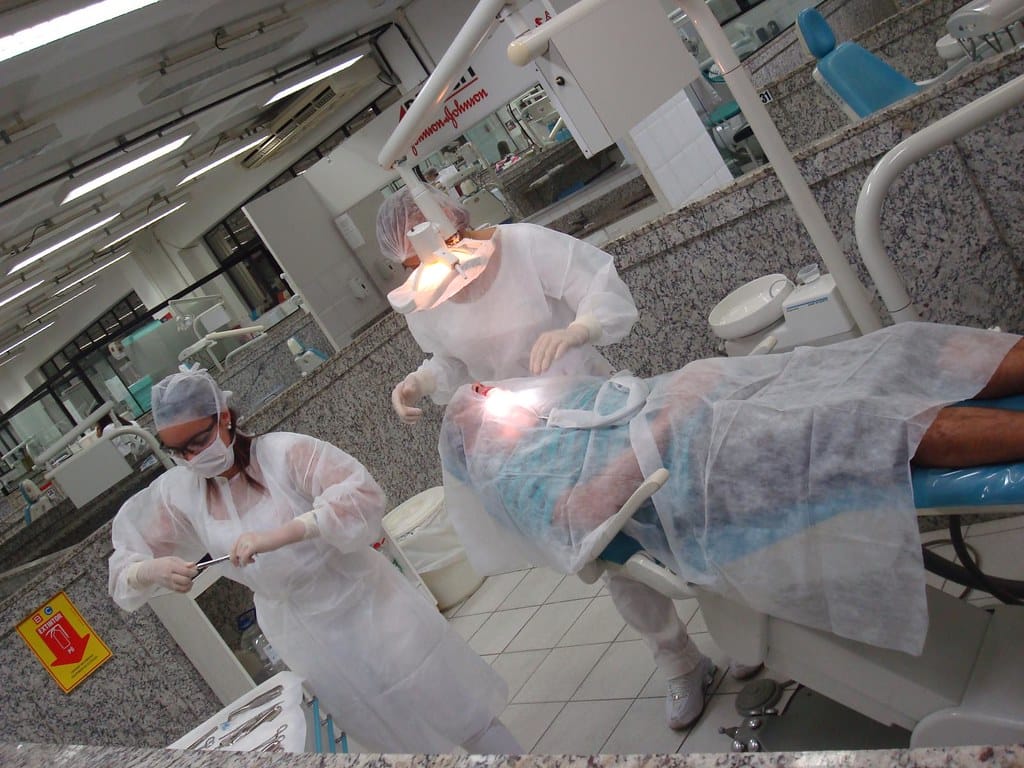What is Alveoplasty?
Alveoplasty is a minor oral surgery that reshapes the jawbone after tooth loss or extraction. It smooths and contours the alveolar ridge (the bony part of your jaw that holds teeth) to create a more even surface. This is crucial for a comfortable and stable fit for dentures, bridges, or dental implants, ensuring they function correctly and feel more natural. It also improves gum appearance by preventing a sunken-in look after extractions and contributes to better oral health.
Why is Alveoplasty Necessary?
After a tooth is extracted, the remaining socket can be jagged or uneven, making it difficult for prosthetic devices to fit properly. Alveoplasty addresses this, providing multiple benefits:
- Improved Prosthetic Fit: A smooth alveolar ridge ensures dentures, bridges, and implants fit securely and comfortably, improving their functionality and reducing the risk of slippage or irritation.
- Enhanced Aesthetics: Alveoplasty can also improve the appearance of your gums, creating a more natural and aesthetically pleasing gum line.
- Faster Healing: It may even speed up the healing process after tooth extraction.
- Prevention of Complications: Alveoplasty helps prevent the development of bone spurs or uneven ridges, which can be uncomfortable and interfere with the fit of prosthetics.
Furthermore, alveoplasty is often essential before getting dentures or implants. An uneven jawbone can lead to ill-fitting dentures, discomfort, and pressure sores. A smooth, contoured ridge provides a stable base for both dentures and implants, increasing their success rate. Reshaping the jawbone also promotes faster healing after extractions by removing sharp bone fragments and creating a more uniform surface for tissue to heal over.
The Alveoplasty Procedure
Alveoplasty is usually a quick outpatient procedure performed under local anesthesia in a dentist’s or oral surgeon’s office. You likely won’t feel any pain during the procedure, and sedation options like nitrous oxide are available for enhanced relaxation. Here’s what you can expect:
- Anesthesia: The area is numbed using a local anesthetic.
- Bone Reshaping: Specialized instruments are used to gently remove excess bone and smooth out sharp edges, much like a sculptor refining their artwork. Simple alveoplasty often involves removing the buccal alveolar plate and interseptal bone. More complex cases may require additional techniques.
- Closure: Tiny stitches (sutures) are used to close the area and promote healing.
Recovery After Alveoplasty
After the procedure, some mild discomfort, swelling, and bruising are likely. Your dentist will probably recommend a soft-food diet for a few days, and over-the-counter pain relievers are typically enough to manage discomfort. Complete healing usually takes a few weeks to a couple of months. It’s important to carefully follow post-operative instructions, including specific oral hygiene practices and rinsing with saltwater solution, for optimal healing. Regular follow-up appointments with the oral surgeon are important to monitor healing progress.
While alveoplasty is generally safe, some risks are associated with the procedure:
- Infection: There’s a slight risk of infection after any surgery, although uncommon.
- Bleeding: Some bleeding is normal, but excessive bleeding is rare.
- Nerve Damage: Nerve damage is a possibility, although very rare.
- Delayed Healing: Healing may take longer in some cases, especially with underlying health conditions.
How Much Does Alveoplasty Cost?
The cost of alveoplasty varies based on several factors, including the procedure’s complexity, your location, and dental insurance coverage. Some insurance plans may partially cover it. Consult your insurance provider and dentist for a precise estimate.
Alveoplasty vs. Bone Grafting
Alveoplasty and bone grafting are often confused because they both involve the jawbone. However, they are distinct procedures:
- Alveoplasty reshapes existing bone.
- Bone grafting adds bone to areas where it’s deficient. Bone graft material might come from your own body, a donor, or a synthetic source.
Sometimes, both procedures are necessary. For example, if you need dental implants but lack sufficient bone, a bone graft might be performed first to increase bone volume, followed by alveoplasty to shape the augmented ridge. This is often referred to as ridge augmentation.
| Procedure | Purpose | Material Used |
|---|---|---|
| Alveoplasty | Reshapes existing jawbone | None, removes existing bone |
| Bone Graft | Adds bone to deficient areas | Autograft, allograft, xenograft |
The Future of Alveoplasty
Dental techniques continually evolve. Researchers are exploring new materials and techniques, including minimally invasive approaches using lasers or ultrasonic devices, to make alveoplasty more effective and comfortable. Ongoing research also focuses on new bone grafting materials and techniques, sometimes combined with alveoplasty to rebuild lost bone tissue. These advancements suggest even more progress in alveoplasty in the future, potentially leading to improved patient outcomes.
Learn more about the fascinating carbon cycle gizmo answer key. This resource will also guide you through calculating the augmentin pediatric dose calculator.
Disclaimer: This information is for general knowledge and does not replace professional medical advice. Consult your dentist or oral surgeon for personalized guidance and to determine the most appropriate treatment plan for your specific needs. They can assess your individual needs, explain the risks and benefits in your case, offer personalized advice and strategies to help manage any discomfort effectively and clearly answer any questions you may have.
- Crypto Quotes’ Red Flags: Avoid Costly Mistakes - June 30, 2025
- Unlock Inspirational Crypto Quotes: Future Predictions - June 30, 2025
- Famous Bitcoin Quotes: A Deep Dive into Crypto’s History - June 30, 2025
















